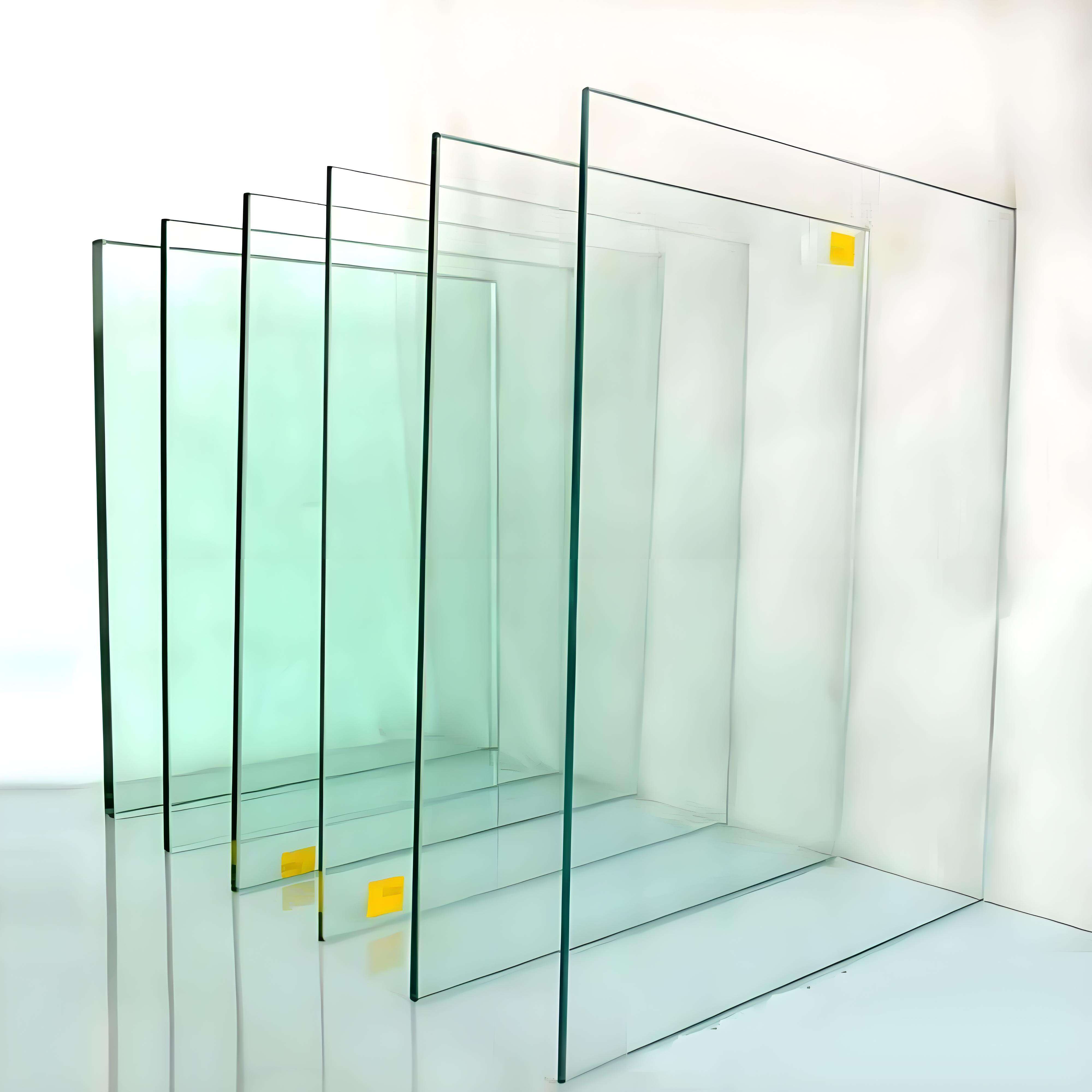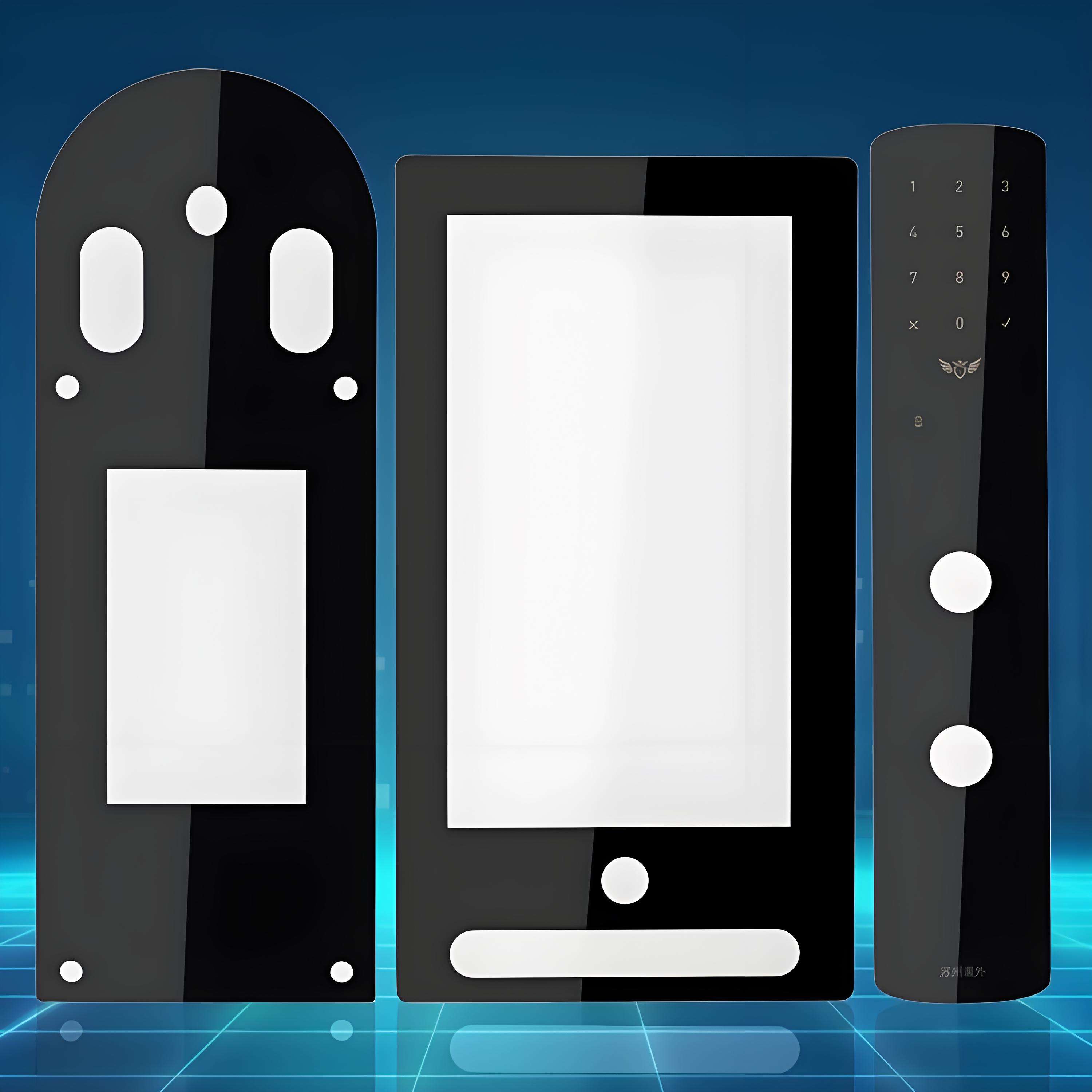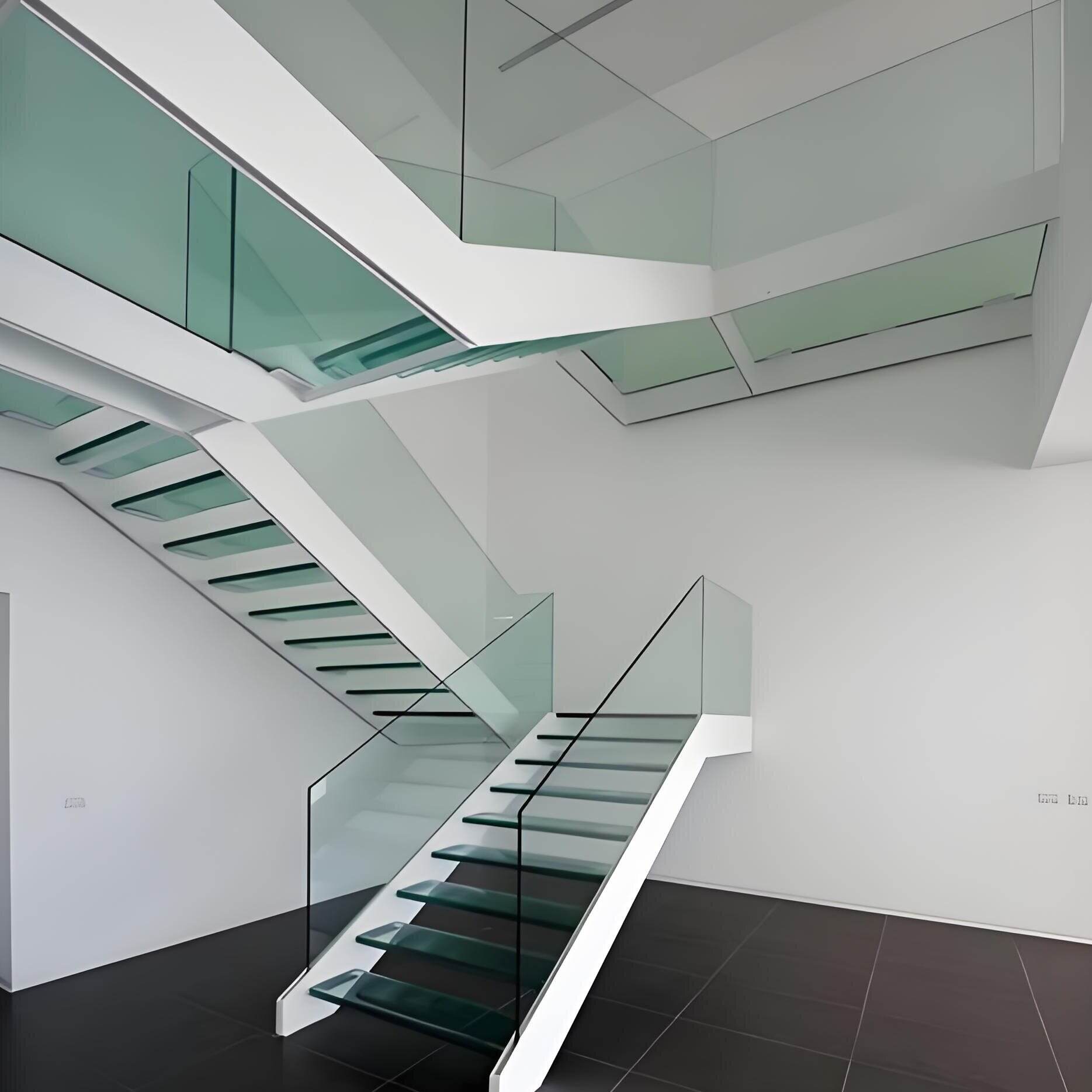low iron tempered glass price
Low iron tempered glass has revolutionized the architectural and construction industry with its exceptional clarity and superior strength. The price of this premium glass product reflects its advanced manufacturing process and enhanced features. Unlike standard tempered glass, low iron tempered glass undergoes a specialized production method where the iron content is significantly reduced, resulting in a clearer, more transparent final product. The pricing structure typically varies based on factors such as thickness (ranging from 4mm to 19mm), panel size, and quantity ordered. This specialized glass offers unprecedented transparency with light transmission rates of up to 91%, compared to regular glass at 83%. The tempering process involves heating the glass to approximately 620°C and rapidly cooling it, creating a product that is 4-5 times stronger than annealed glass. The price point, while higher than conventional glass, is justified by its superior aesthetic appeal, enhanced safety features, and improved energy efficiency. Applications range from high-end architectural facades and luxury residential windows to premium solar panels and sophisticated display cases. The investment in low iron tempered glass typically translates to long-term cost savings through improved energy performance and reduced replacement needs.


